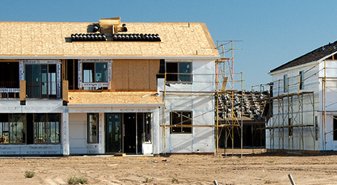
Latest statistics for new construction reveal that the US property market is still a long way from fulfilling demand. The number of new homes entering the market sits at rock-bottom levels while demand for property continues to soar across the country.
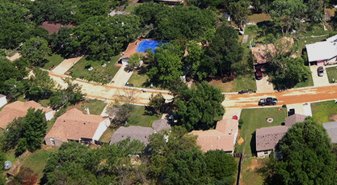
US property prices continue their upward trend and rose nationally by 6.9 per cent in the year to July. Furthermore, analysts predict further price increases over the next 12 months when they expect an average rise of 4.7 per cent. The price of property, however, still remains below its historic high.
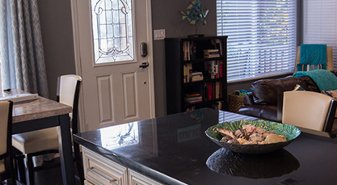
Two recent surveys related to US property point to a market where homeownership is falling steadily in favour of rental, particularly among the first-home buyers. While the number of Americans who own their own home is at its lowest quarterly level since 1993, those who rent are at their highest level for 20 years.
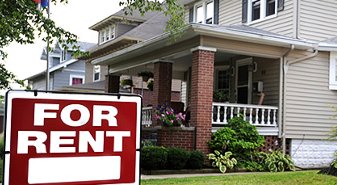
Increasing mortgage rates and growing employment opportunities are fuelling the US property market where prices surged practically across the country in Q2 this year. Demand at levels not seen since before the economic crisis has pushed supply levels down to just over 5 months, putting further pressure on the already high demand market for US rental properties.

Property investment at global levels continues from strength to strength this year despite economic uncertainty over the Greek bailout and the Chinese stock exchange crisis. Transaction volumes rose by 9 per cent in the second quarter of this year with the US occupying the position as favourite investment destination. Demand was particularly high among investors for rental apartments in the US.
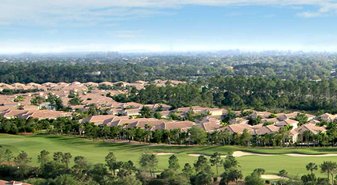
June figures for property in Florida show more sales, higher prices and lower supply as the Sunshine State continues to attract new residents. The market for single family homes in Florida is particularly buoyant with two-digit price rises and booming sales.
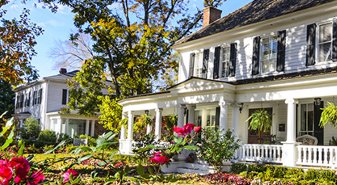
The US real estate industry is “strongly confident” about the outlook for market conditions over the next six months. Optimism levels soar for sales of single family homes in Florida and Texas, and price rises for property throughout the country are expected to be at 3.6 per cent over the coming year.

Average rental yields on US property showed mixed results during the first five months of this year. Some counties registered year-on-year rises, whilst in others there were slight decreases as the housing market stabilised. However, overall, buy-to-let property in the US continues to be “a brilliant strategy”.
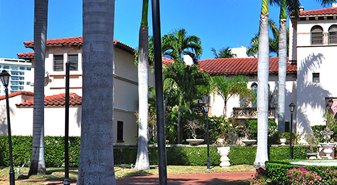
More buyers, increased sales and higher prices are set to characterise the US property market for the rest of this year. With the job market booming and the US economy growing, experts predict the housing shortage will continue at least until 2017.
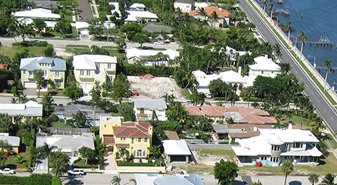
May figures for property in Florida show a market with rising indices. Sales and median prices have both increased in what experts are describing as a robust market. The only decreases can be found in inventory levels, now declining across the board, a situation that is expected to herald further rapid price rises.

A new report on homeownership and household formation reveals some interesting findings regarding the market for rental properties in US. It finds that although new households are set to rise, the number of renters will greatly outpace the number of homeowners. This has considerable implications for buy-to-let properties throughout the US between now and 2030.
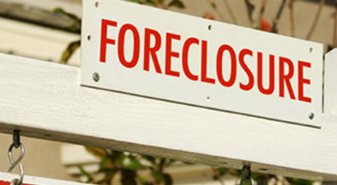
Florida continues to dominate US foreclosure listings, topping the rankings for both activity and number of properties. However, improved conditions in the Florida property market are starting to make their mark on foreclosures where properties are no longer well below market price or as plentiful.

A recent survey of the huge millennial generation in the US (Americans born between the 1980’s and 2000’s) reveals that the majority prefer rental property and aren’t ready to buy a home yet. Millennials also state a strong preference for neighbourhoods with easy access to amenities and claim they’re highly mobile. Single family homes make up a significant proportion of millennial rentals, highlighting the investment opportunities in this type of US property.
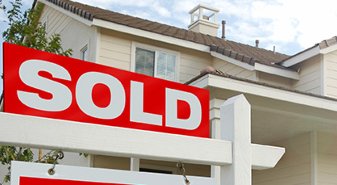
Spring usually sees the busiest time in the property year and the US market is no exception. As the country’s economy moves firmly forward and creates employment opportunities, US property follows suit. Activity levels are so high in some parts of the US that some experts are predicting the best spring since pre-crisis years because of these five trends.
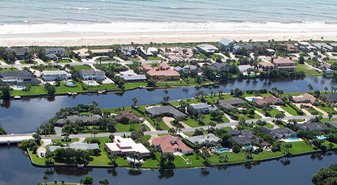
Property in Jacksonville in Florida has been ranked by JWD Group as the best in the US for investment this year. The city’s combination of advantageous price-to-rent ratios, a strong economy and good potential for property appreciation takes it to the top of the list for best investments.
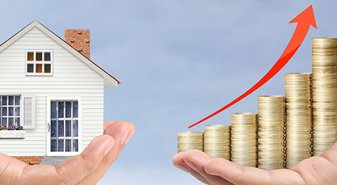
The combination of more people looking for a home and higher property prices is putting strong pressure on the US rental market. As a result, analysts predict monthly rental rates will rise yet again this year, excellent news for investment in buy-to-let property in the US.